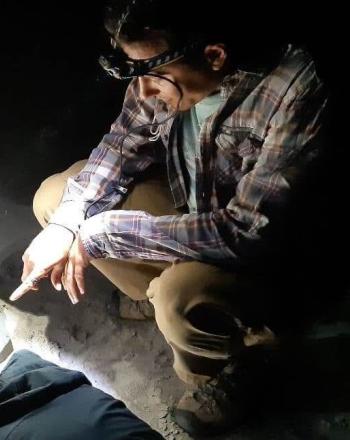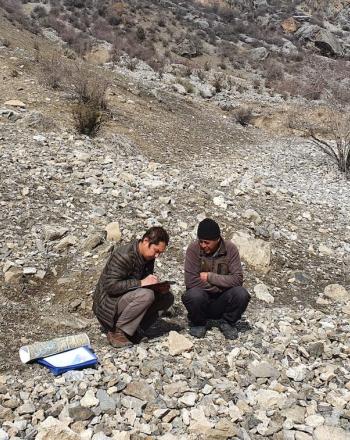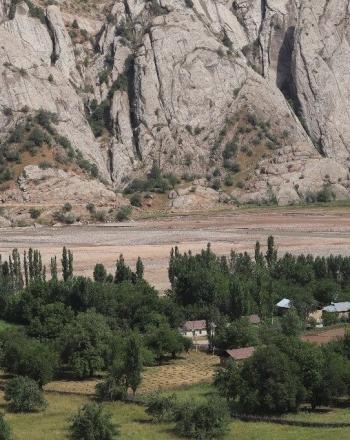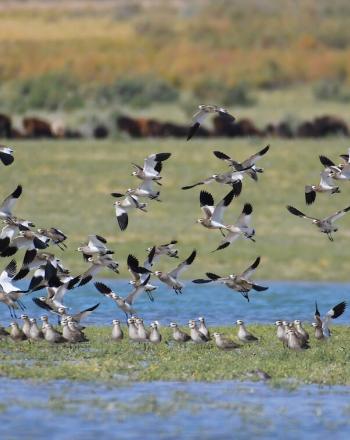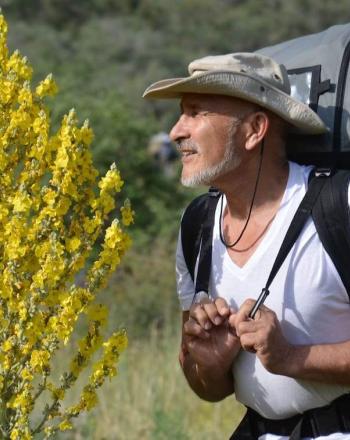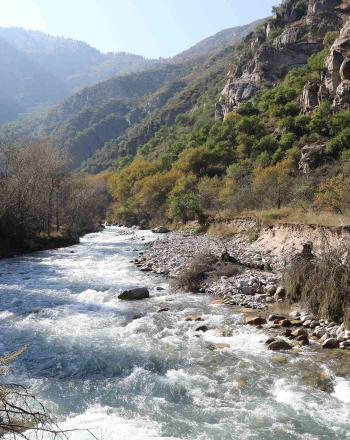Main menu
CEPF is a joint initiative of l’Agence Française de Développement, Conservation International, the European Union, Fondation Hans Wilsdorf, the Global Environment Facility, the Government of Japan and the World Bank.
Visitez le site français コア情報の日本語翻訳を読むOr use Google Translate to translate the English site to your language:
GTranslate
Priority KBA
Priority Corridor
Other KBA
Other Corridor
Mountains of Central Asia
Currently Investing
Regional Implementation Team (RIT)
Conservation of Rare Species, Animals and Plants Fund
Lizza Protas, RIT Team Leader
lprotas@natureconservation.kz
Anastasiya Mazneva, Small-Grants Manager
amazneva@natureconservation.kz
Investment
2019 to 2024
US$8 million
Eligible Countries
Afghanistan
China
Kazakhstan
Kyrgyz Republic
Tajikistan
Turkmenistan
Uzbekistan
Ecosystem Profile
Ecosystem Profile, 2017
Ecosystem Profile Summary, 2017
Ecosystem Profile Visual Summary, 2017
Stats
CEPF Strategy Strategy
About this hotspot About
Regional Implementation Team (RIT)
Conservation of Rare Species, Animals and Plants Fund
Lizza Protas, RIT Team Leader
lprotas@natureconservation.kz
Anastasiya Mazneva, Small-Grants Manager
amazneva@natureconservation.kz
Investment
Dates:
2019 to 2024
Amount:
US$8 million
Eligible Countries
Afghanistan
China
Kazakhstan
Kyrgyz Republic
Tajikistan
Turkmenistan
Uzbekistan
Ecosystem Profile
CEPF’s investment focuses on Key Biodiversity Areas that are in trans-border areas, those that allow for resilience to climate change, and those that allow for linkages across productive landscapes.
At the institutional level, support for capacity building will enhance the professionalism of civil society organizations across the hotspot and will prepare project participants to replicate the efforts and results. This will help conservation practitioners in civil society organizations, the private sector and government integrate a range of biodiversity activities into their organizations.
The Mountains of Central Asia Biodiversity Hotspot consists of two of Asia's major mountain ranges, the Pamir and the Tien Shan. Politically, the hotspot’s 860,000 square kilometers include southern Kazakhstan, most of Kyrgyzstan and Tajikistan, eastern Uzbekistan, western China, northeastern Afghanistan, and a small part of Turkmenistan. The hotspot has many mountains above 6,500 meters in elevation, as well as major desert basins.
Central Asia has a long history as a crossroads between East and West. In the past, it was home to the great commercial and cultural centers of the Silk Road. For centuries, the region was a major contributor to the arts, sciences, medicine, and trade. With the mixing of agrarian, nomadic and industrial societies, it is a mosaic of cultures, languages, and political systems. Moreover, only 25 years ago, five of the hotspot countries were part of the Soviet Union, which has added a further layer of complexity and interest to the region.






